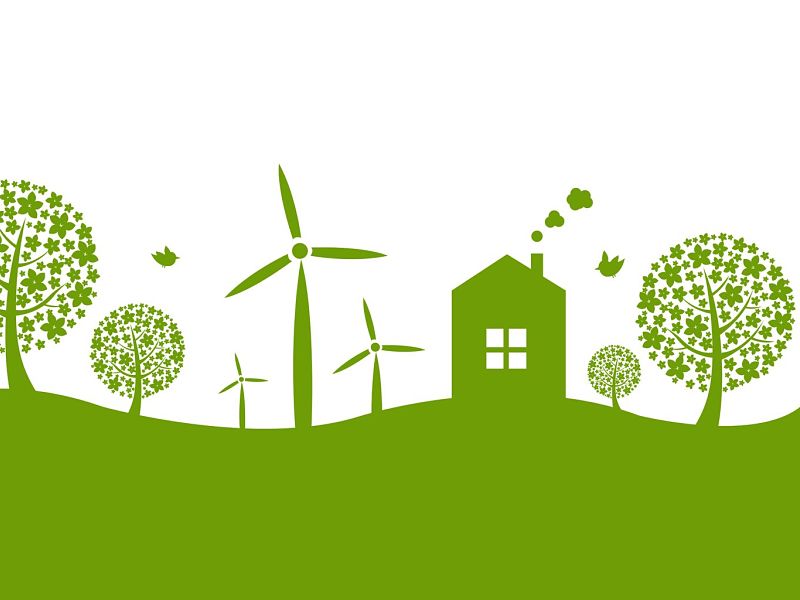Non-fossil fuel sources now contribute 235.7 GW (49%) of total capacity, including 226.9 GW renewable and 8.8 GW nuclear. As of June 2025, India’s renewable energy includes 110.9 GW of solar and 51.3 GW of wind power installed capacity.
New Delhi: Nearly half of India’s installed power generation capacity of a total of 476 GW is non-fossil fuel-based as of June, but coal-based thermal electricity plays a critical part, according to government data.
According to a government explainer on energy and environment issued on Sunday, India’s total installed power capacity has reached 476 GW as of June 2025.
Non-fossil fuel sources now contribute 235.7 GW (49%) of total capacity, including 226.9 GW renewable and 8.8 GW nuclear, it stated.
As of June 2025, India’s renewable energy includes 110.9 GW of solar and 51.3 GW of wind power installed capacity.
In addition to the installed capacity, 176.70 GW worth of RE projects are under implementation, with 72.06 GW under bidding stages.
It explained that thermal power remains dominant, accounting for 240 GW or 50.52 per cent of installed capacity.
It noted that India’s energy sector is heavily reliant on non-renewable thermal sources, which together account for the largest share of the country’s electricity generation capacity.
Among them, coal alone contributes over 91 per cent of the total thermal energy, highlighting its critical role in powering the nation, it pointed out.
The country is successfully balancing the twin goals of meeting rising electricity demand and promoting sustainability.
Power shortages dropped from 4.2 per cent in 2013–14 to 0.1 per cent in 2024–25.
Per capita electricity consumption in India rose by 45.8 per cent to 1,395 kWh in 2023-24 from 957 kWh in 2013-14.
India’s power sector is among the most diversified in the world, with generation from conventional sources like coal, gas, hydro, and nuclear, as well as renewable sources such as solar, wind, biomass, and small hydro, it stated.
With rising electricity demand, India continues to expand its energy capacity to support economic growth and sustainability goals.
India has set an ambitious target of having 500 GW of renewable energy by 2030.

